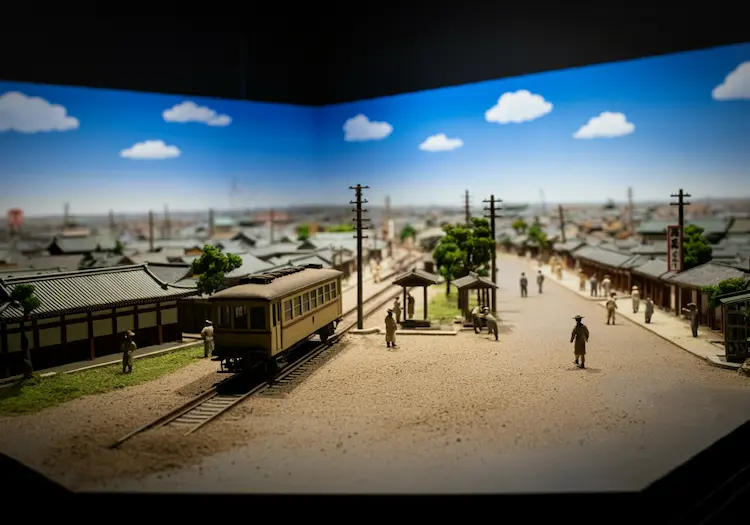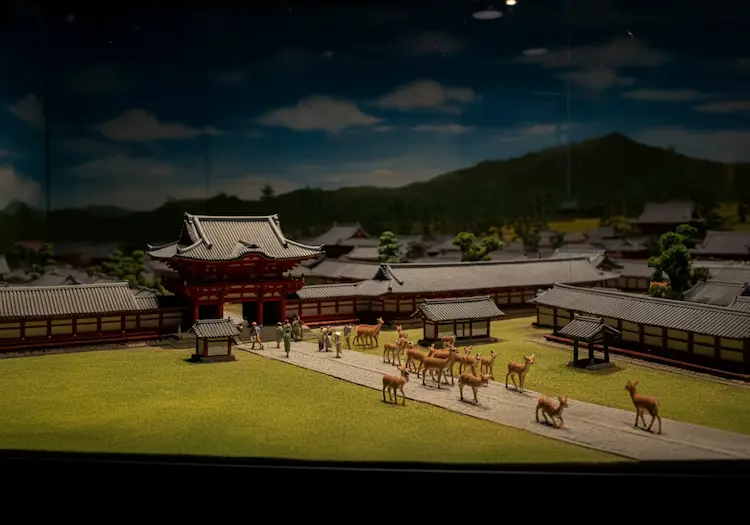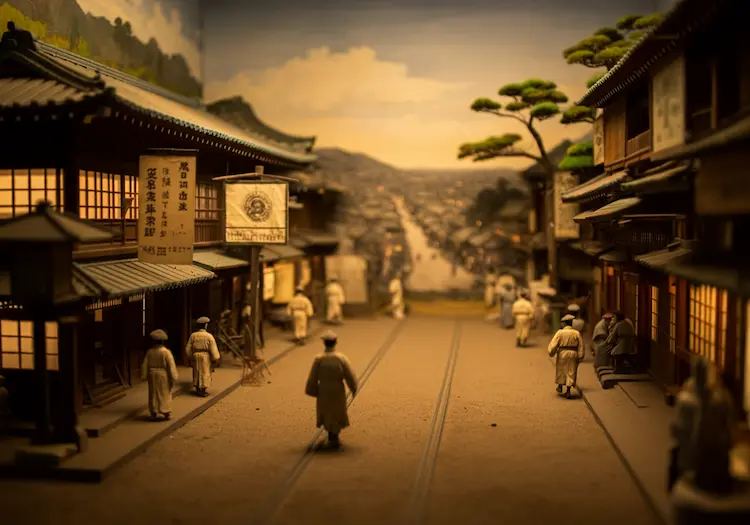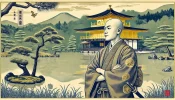Nara in the Taisho Era: A City Breathing with Tradition and Modernity
Nara. The ancient capital of Japan, a city where majestic temples stand tall, serene Buddha statues inspire awe, and friendly deer roam freely. But Nara is more than just a relic of the past. It’s a living city that has continuously evolved throughout the ages, embracing change while preserving its unique heritage.
The Taisho era (1912-1926) was a time of significant transformation for Japan, a period marked by both modernization and a flourishing of cultural expression often referred to as “Taisho Romanticism.” This article delves into Nara’s experience during this fascinating era, exploring how the city navigated social change, cultural development, and its growing appeal as a tourist destination.
Nara’s Society in the Taisho Era

The Taisho era saw a rise in Nara’s population and increasing urbanization. As the city grew, infrastructure was developed and expanded to accommodate the needs of its residents. Public services like transportation, sanitation, and healthcare improved, contributing to a better quality of life.
This period also witnessed greater opportunities for women. Access to education expanded, with more girls attending schools and pursuing higher education. Women began to enter the workforce in larger numbers, taking on roles in teaching, nursing, and office work.

Education in general became more widespread during the Taisho era. The government emphasized the importance of primary education, leading to higher literacy rates. New middle schools were established, offering more opportunities for secondary education.
A Flourishing of Culture
The Taisho era was a time of cultural dynamism, and Nara was no exception. The “Taisho Romanticism” movement, characterized by a blend of Western and Japanese influences, found expression in various art forms, literature, and architecture. The Nara Hotel, for example, underwent expansion during this time, incorporating new wings that reflected this architectural trend.
While embracing new ideas, Nara also continued to cherish its traditional culture. Efforts were made to preserve and promote traditional performing arts like Noh and Kabuki, as well as traditional crafts such as lacquerware and ceramics.
Nara also attracted the attention of literary figures. Prominent writers like Shiga Naoya, known for his introspective style, spent time in Nara and drew inspiration from its landscapes and atmosphere. Their works offer a glimpse into the intellectual and cultural currents of the Taisho era.
Development as a Tourist Destination

The expansion of the railway network during the Taisho era made Nara even more accessible to visitors. Tourism flourished, with people from across Japan eager to experience the city’s ancient temples, encounter the friendly deer of Nara Park, and immerse themselves in its historical atmosphere.
Nara also saw the emergence of new forms of entertainment. Amusement parks and movie theaters opened, catering to a growing desire for leisure and recreation. These new attractions further enhanced Nara’s appeal as a tourist destination.
Beyond its famous temples and shrines, Nara’s natural beauty and historical landscapes gained recognition. Guidebooks were published, highlighting the city’s diverse attractions and encouraging visitors to explore its hidden gems.
Finding Traces of the Taisho Era

Today, remnants of the Taisho era can still be found throughout Nara. The Nara Hotel, with its elegant blend of Western and Japanese architectural styles, stands as a proud symbol of the era. The former Nara Prefectural Products Exhibition Hall, now a museum, offers another glimpse into the architectural trends of the time.
Photographs and paintings from the Taisho era provide visual records of the city’s past, capturing its atmosphere and the daily lives of its people. Archival materials such as newspapers, magazines, and guidebooks offer valuable insights into the social and cultural trends of the time.
Conclusion
Nara in the Taisho era was a city embracing modernity while cherishing its ancient traditions. It was a time of growth, cultural dynamism, and increasing popularity as a tourist destination. Today, Nara continues to thrive, offering a captivating blend of history, culture, and natural beauty. Come and discover the charm of Nara, a city where the spirit of the Taisho era lives on.









